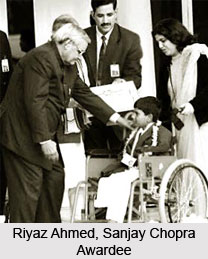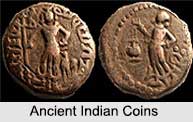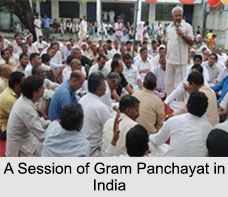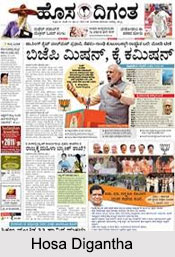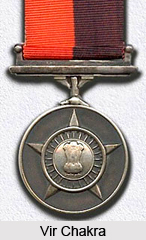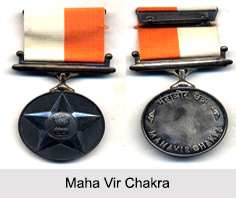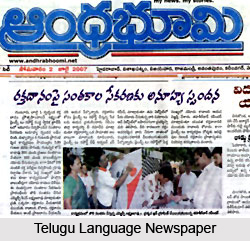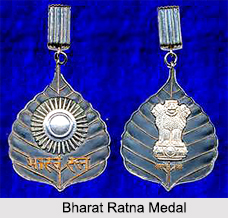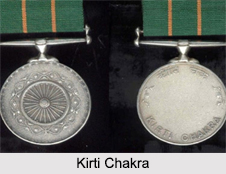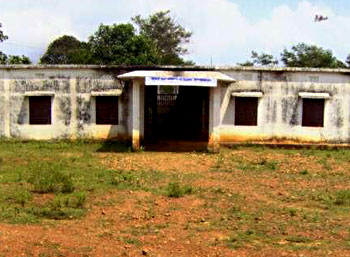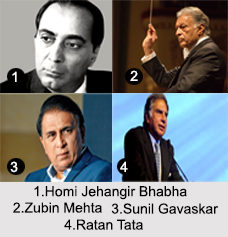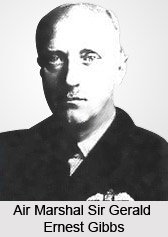 Air Marshal Sir Gerald Ernest Gibbs was born on 2nd September 1896.Primarily he was selected in the British army as an Infantry Officer. During the First World War he was appointed to the newly formed Royal Flying Corps. In 1918 Sir Gerald Ernest Gibbs and his team shot down ten German aircrafts. For this exceptional performance Sir Gerald Ernest Gibbs received the Military Cross and two bars. After the war he was appointed as a flying instructor at Cranwell.
Air Marshal Sir Gerald Ernest Gibbs was born on 2nd September 1896.Primarily he was selected in the British army as an Infantry Officer. During the First World War he was appointed to the newly formed Royal Flying Corps. In 1918 Sir Gerald Ernest Gibbs and his team shot down ten German aircrafts. For this exceptional performance Sir Gerald Ernest Gibbs received the Military Cross and two bars. After the war he was appointed as a flying instructor at Cranwell.
Afterwards he completed the graduation from Royal Air Force Staff College and was posted at the Air Head Quarters in the Air Ministry as a Planning staff. Sir Gerald Ernest Gibbs was appointed as the commanding officer of two separate Royal Air Force Units in Sudan and Kenya. From 1934 to 1936 he served as the Senior Air Staff Officer of the No.11 Group of Fighter Command. In the early part of the World War 2 Gerald Ernest Gibbs took over the charge as the Director of Overseas Operations. After three years he was appointed as the SASO for the 3rd Tactical Air Force in Italy. He also held the post of SASO for South East Asia Air Command and Chief staff of Transport Command at Head Quarters.
In 1948 Air Marshal Sir Gerald Ernest Gibbs represented the Royal Air Force in the Military Staffs Committee of United Nations Organization. In the following year he led the United Kingdom`s delegation of the advisors to the United Nations Organization. In 1951 he was appointed as the Commander-in-Chief of the Indian Air Force and served two years with good reputation. Air Marshal Sir Gerald Ernest Gibbs was succeeded by Subroto Mukerjee -the first Indian Chief of the IAF. He wrote his autobiography "Survivor`s Story" after retirement. Air Marshal Sir Gerald Ernest Gibbs died in the year 1992.





